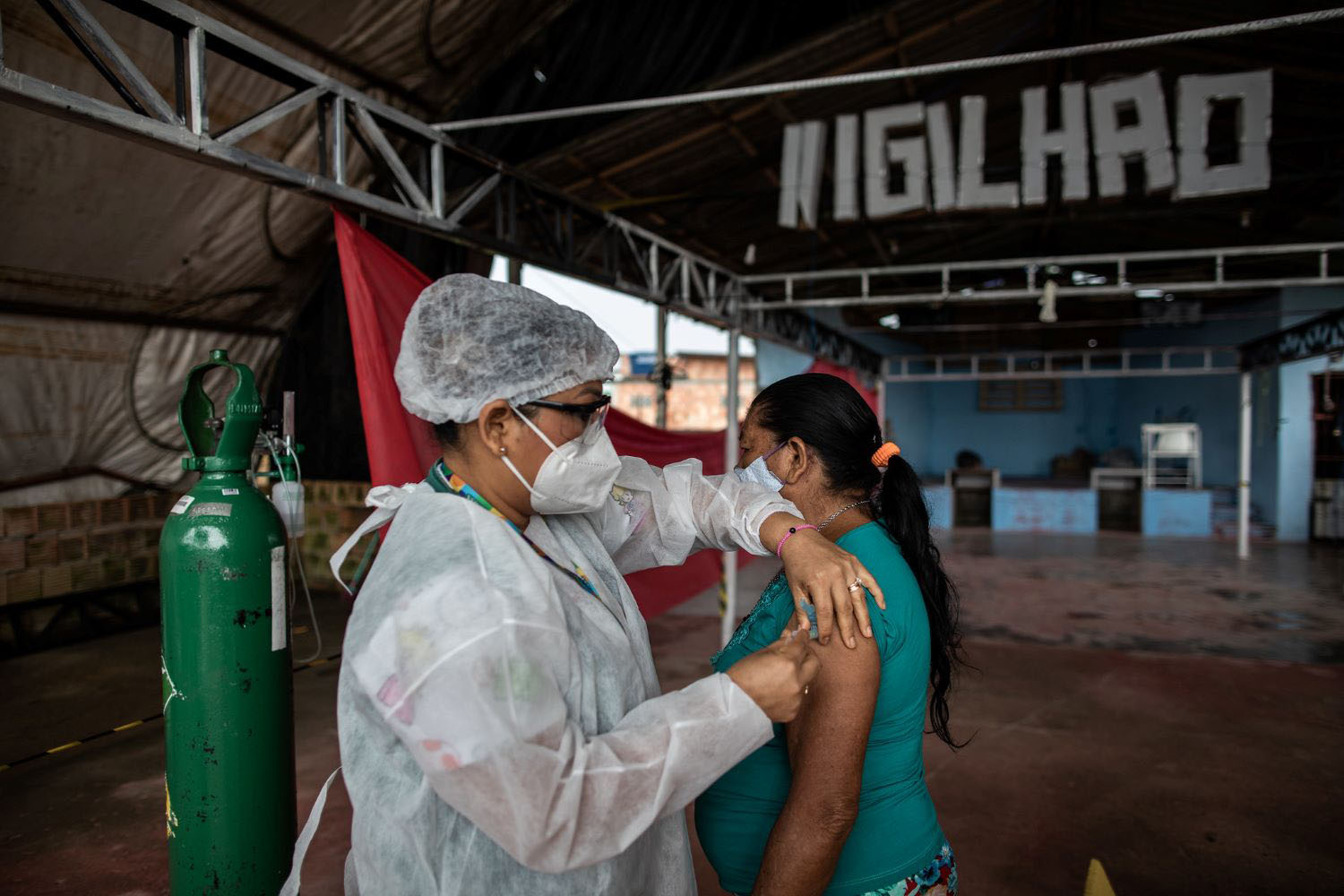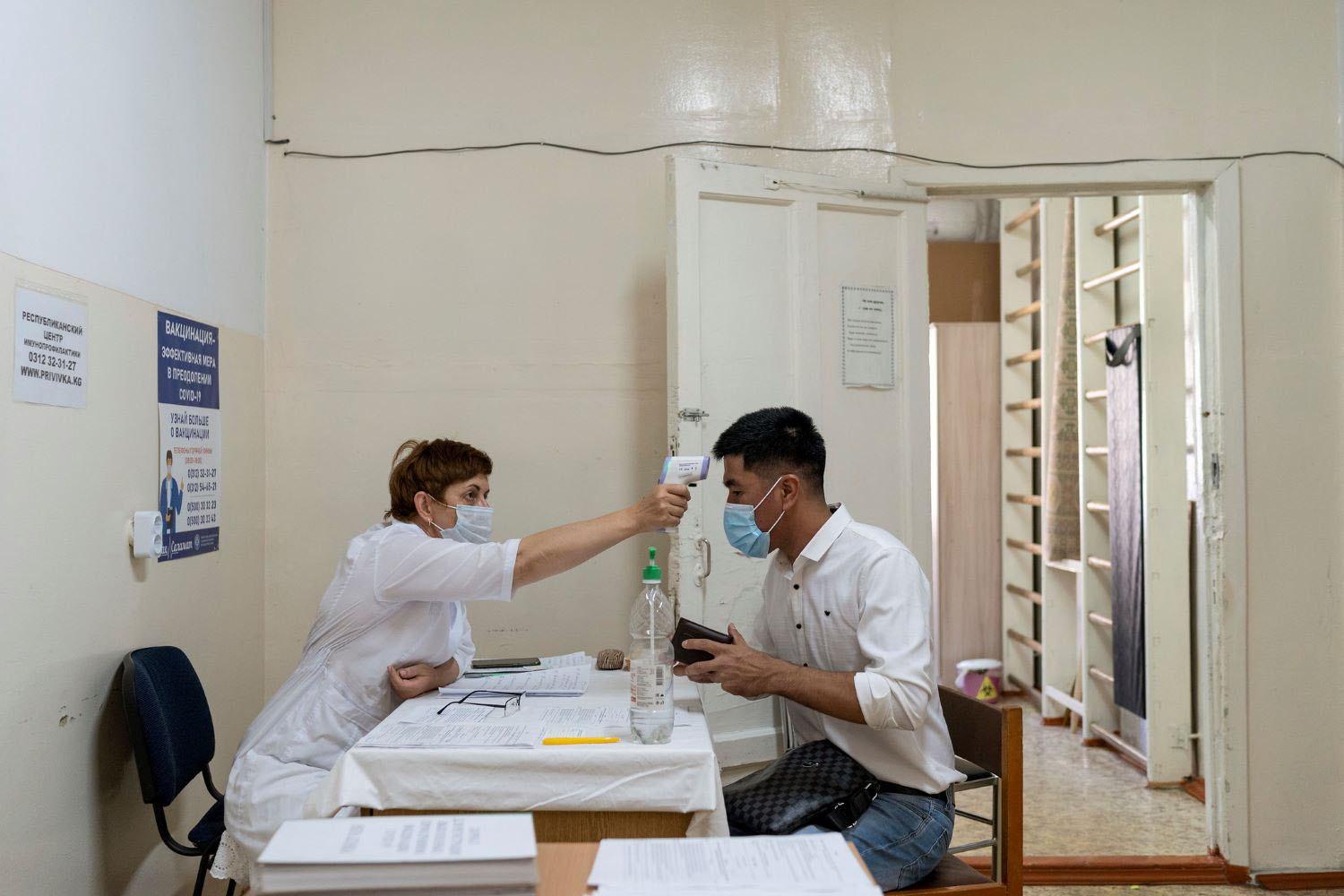Recommended
On Wednesday, Gavi, the Vaccine Alliance, will kick off its biannual Board meeting. This meeting includes a particularly important milestone: members will approve the 2021-2025 strategy, the so-called “Gavi 5.0”, to motivate the organization’s replenishment and set out a five-year program of work.
Ahead of this meeting, we have released a briefing book considering how Gavi 5.0 can adapt to broad trends in global health and development while staying true to its core mission of vaccinating every child, everywhere. Our briefings cover five issue areas that should be addressed by the Gavi 5.0 strategy: immunization coverage, country eligibility, market shaping and procurement, health systems strengthening, and global health security. (The ideas from the briefing book are outlined in an earlier blog post; I also encourage you to read about Gavi’s impact on vaccination rates for more context.)
At the core of this discussion is an existential question facing the Board: Gavi’s purpose and identity. Is Gavi a partnership for global immunization, tasked with expanding vaccination access and coverage across low and middle-income countries (MICs)? Or is Gavi’s mandate narrower, essentially offering transfers/subsidy for low-income countries that phase out when countries grow economically (by 2030, some estimate that only 11 countries will be classified as low income)? Or some of both?
The answer to these questions should inform Gavi’s tactical and strategic choices over the next five years. For example, will Gavi adjust its eligibility and/or financing model to address sub-optimal coverage rates in transitioning MICs? How will Gavi manage its relationship with MICs and countries that were never eligible for Gavi support? How does an evolving business model affect the organization’s ability to shape vaccine markets for greater access? Will Gavi adjust its grant practices to improve the efficiency and effectiveness of health systems strengthening grants? And will Gavi expand its mandate to include global health security and preparedness?
Among these many considerations, two in particular would demand significant changes to Gavi’s operational framework:
Middle-income countries and vaccination
Some MICs—including both transitioning countries and those that were never eligible for Gavi support—continue to struggle with immunization inequities, deteriorating coverage rates, vaccine hesitancy, high vaccine prices, and fiscal shortfalls for vaccination programs given competing priorities. These countries might benefit from strategic, small-scale interventions to catalyze more effective vaccination programs. What role should Gavi and partners take on in promoting and facilitating self-financing of locally cost-effective vaccines across MICs, complementing and not replacing domestic spending while sustaining globally facilitated functions like vaccine prioritization, procurement, and market shaping? What to do on vaccination in complex emergencies and for refugee populations in middle-incomes? We believe that Gavi should invest in new modalities to better serve under-immunized populations in MICs, no matter their starting point.
Global health security and preparedness
Infectious disease outbreaks are increasingly frequent, abetted by greater population mobility, urbanization, conflict, and refugee crises, among other factors. Experts continue to raise the alarm about the inevitability of a significant flu pandemic, for example. Yet global health security efforts remain fragmented, small-scale, and focused on response rather than prevention and preparedness.
As vaccination and related activities are central to the preparedness agenda, we believe that Gavi should step up its role in global health security. Consider this thought experiment: if and when a flu pandemic materializes, the global community will almost certainly look to Gavi to procure and distribute a vaccine to affected LMIC countries. Gavi and its partners will need to be ready and able to execute that function—are they now? What else needs to happen?
We suggest that Gavi adjust its policies to include a robust preparedness agenda. Doing so will make the elimination of existing vaccine-preventable disease more likely while also contributing to essential and fragile surveillance and preparedness systems. Specifically, we recommend integrating Joint External Evaluation (JEE) indicators into existing grants and providing financial support for costed National Action Plans for Health Security (NAPHS) and disease surveillance. You can learn more about it here.
My hope is for a global Gavi—one that adapts to the changing global context with new partnerships and approaches, working to fully immunize every child and ensure that vaccines are effectively understood, developed, and deployed.
Let’s see what the Board decides.
Disclaimer
CGD blog posts reflect the views of the authors, drawing on prior research and experience in their areas of expertise. CGD is a nonpartisan, independent organization and does not take institutional positions.





